Embracing Digital Transformation in the Agricultural Industry - NS GLOBAL CORPORATION
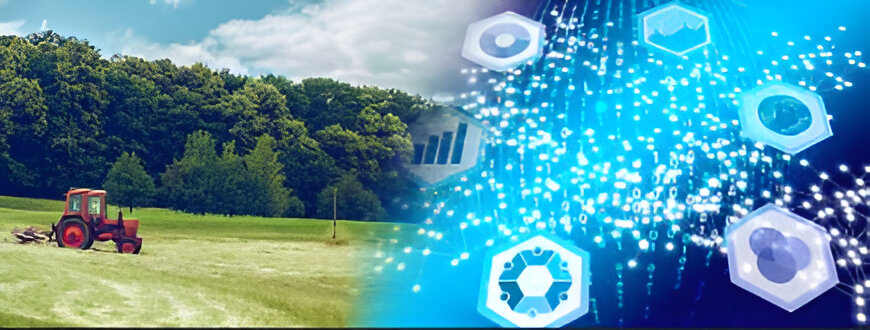
In recent years, digital transformation has become a buzzword across various sectors, and agriculture is no exception. As the global population continues to grow, the demand for food is surging, putting immense pressure on farmers to increase productivity while ensuring sustainability. Digital technologies offer innovative solutions to these challenges, fundamentally changing how we approach farming. Let’s explore how digital transformation is reshaping the agricultural landscape.
The Need for Digital Transformation
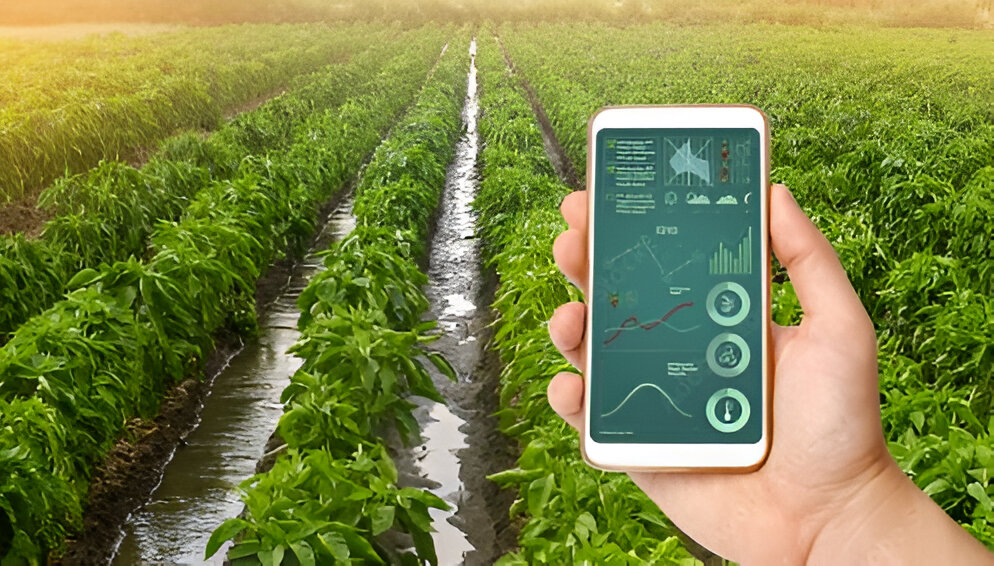
1. Growing Population and Demand
The UN predicts that the world population will reach approximately 9.7 billion by 2050, requiring a 70% increase in food production. Traditional farming methods alone cannot meet this demand, making it essential to adopt modern technologies.
2. Sustainability Challenges Climate change, soil degradation, and water scarcity are pressing issues facing farmers today. Digital solutions can help monitor environmental conditions and optimize resource use, making agriculture more sustainable.
Key Technologies Driving Transformation
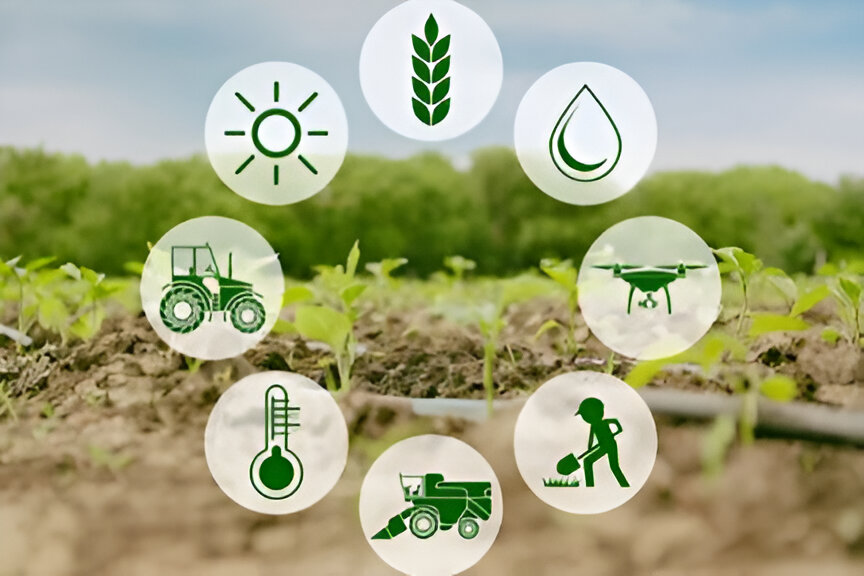
1. Precision Agriculture
Data analytics helps monitor and manage filed on a micro level using GPS & data regarding crop farming, abbreviated as Precision Agriculture. This data allows farmers to monitor the health of their soil, growth of their crops and check weather patterns in real-time, all of which serve to increase yields whilst decreasing waste.
2. IoT and Smart Sensors
The next-generation of smart farming practices is completely driven by Internet Of Things (IoT) devices and sensors. This hardware gives farmers the capacity to monitor their soil in terms of moisture, nutrient levels and current weather conditions. That knowledge can then be used to influence actions — such as when to water or fertilize crops.
3. Drones and Aerial Imaging
Farmers can use drones with cameras and sensors that provide aerial imagery of their fields to detect things such as pest outbreaks or nutrient deficiencies. It allows human-like responses and focused intervention with visual data.
4.Artificial Intelligence (AI)
The use of AI applications in agriculture helps to process lots of data, identifying patterns from past and current events that can predict outcomes, create planting schedules and even identify the best crop varieties for specific conditions. They continue to get better as their decision-making processes improved using machine learning algorithms.
5. Blockchain Technology
Prompting food supply chain transparency and traceability with Blockchain Stakeholders can seamlessly trace product movements and transactions from farm to table so that each stakeholder is confident of what and where things happen, helping in building the trust of a consumer.
Benefits of Digital Transformation
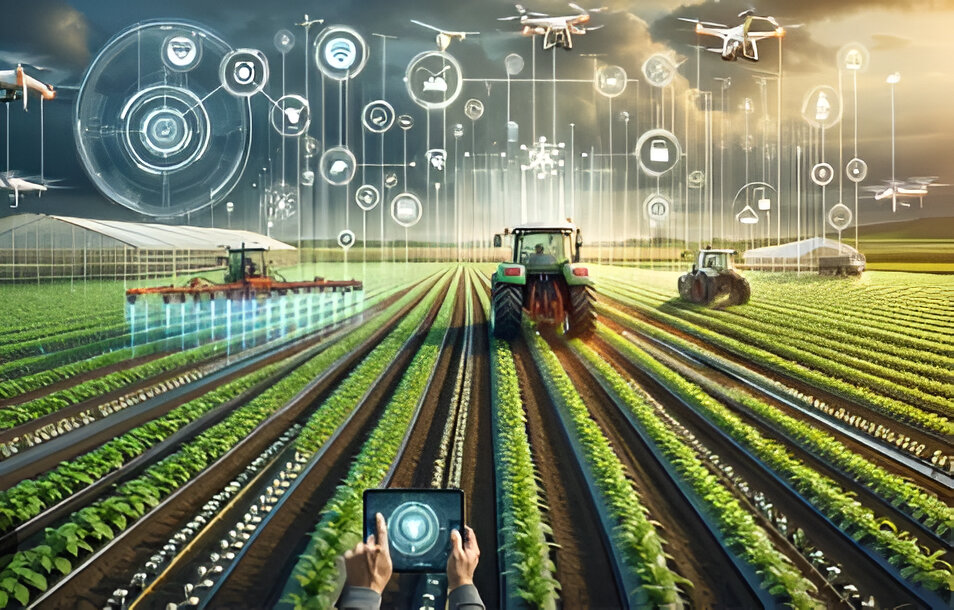
1. Increased Efficiency
Digital tools streamline operations, reducing labour costs and minimizing resource waste. Automated systems for irrigation and pest control allow farmers to focus on strategic decisions rather than routine tasks.
2. Improved Decision-Making
Access to real-time data empowers farmers to make informed decisions. By understanding environmental factors and market trends, they can adjust their strategies to maximize profits.
3. Enhanced Sustainability
By optimizing resource use, digital technologies contribute to more sustainable practices. Precision farming reduces chemical runoff and conserves water, promoting environmental stewardship.
4. Market Access and Transparency Digital platforms can connect farmers directly with consumers, reducing reliance on middlemen. This not only ensures fair pricing for producers but also allows consumers to make informed choices about their food sources.
The Future of Agriculture
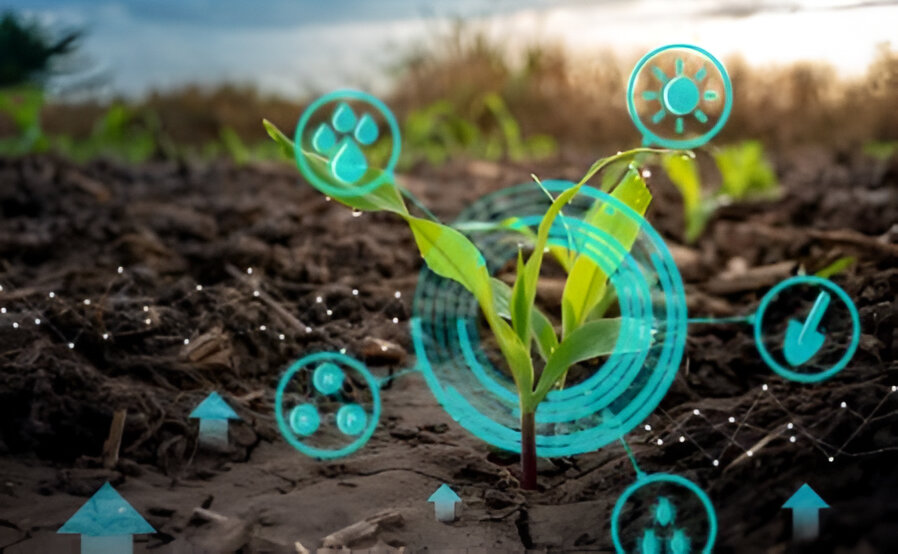
Digital transformation in agriculture is not just a trend; it’s a necessary evolution. As technology continues to advance, the potential for improved yields, sustainability, and efficiency will only grow.
Farmers who embrace these changes will not only meet the demands of a growing population but also contribute to a more sustainable and resilient food system. Collaboration among farmers, tech companies, and policymakers will be crucial to overcoming challenges and realizing the full potential of digital agriculture.
Conclusion
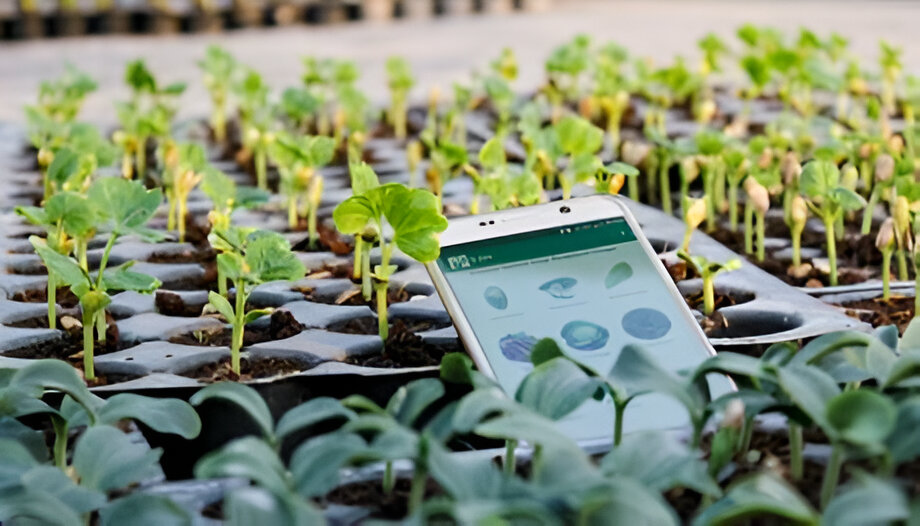
The agricultural industry stands at the forefront of a digital revolution. By leveraging technology, farmers can innovate their practices, enhance productivity, and ensure food security for future generations. The journey may be complex, but the rewards are immense, making it a vital investment for the future of farming.
As we look ahead, embracing digital transformation is not just an option—it’s an imperative for a sustainable agricultural future.
Tags: agriculture, Artificial Intelligence, Blockchain Technology, digital transformation, IoT
Share:
Leave A Comment